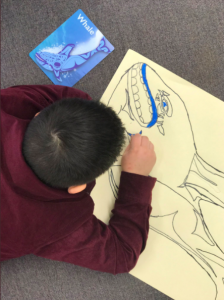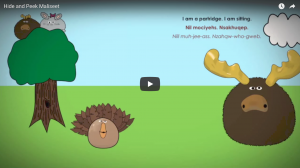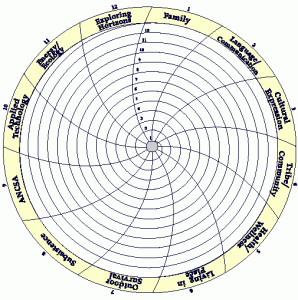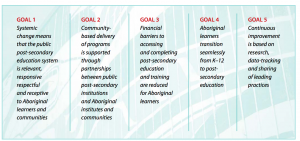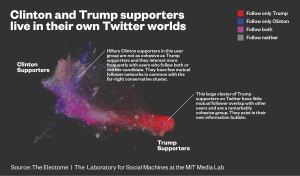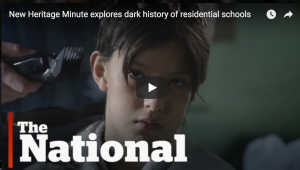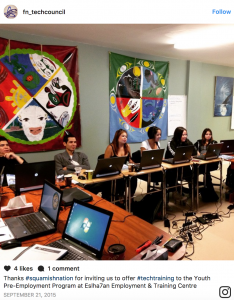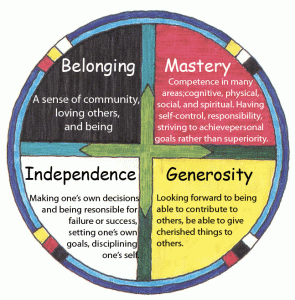My research topic has changed and developed since the last weblog. On my Module Two entry I am looking more at Indigenous students and STEM subjects. My research is currently focused on barriers to Ingenious students being successful in STEM subjects and programs and initiatives that are trying to provide solutions to these obstacles.
How Native Kids see Science Differently – Interview with Megan Bang
http://crosscut.com/2016/10/how-native-kids-see-science-differently/
In this interview with Megan Bang, an Associate Professor at the University of Washington, the discussion focusses on the Science curriculum and on education not being culturally responsive. She argues that the Science taught at schools is not based people’s communities and that it especially isn’t related to Indigenous communities at all. The interview also discusses STEM subjects being more middle class and the shift that needs to occur to see more Indigenous students interested and successful in these subjects.
Karlie Noon- Employed by the CSIRO’s Indigenous STEM Education Project
https://www.youtube.com/watch?v=BuFrnm3RytA
http://www.sbs.com.au/yourlanguage/api/radio/player/podcast/764971?popup=1&node=627133
http://blog.ungei.org/karlie-noon-interview/
Indigenous woman Karlie Noon was the first Indigenous woman to graduate university in New South Wales, Australia, with joint degree in Mathematics and Physics. She went on to obtain her Master’s in Astronomy and Astrophysics. She had a disadvantaged upbringing and didn’t engage with school. An elder, however, tutored her in Mathematics once a week and that is how she found her potential in the subject. Karlie believes in the benefits of mentorship. She now works for CSIRO’s Indigenous STEM Education Project. If you Google her name, there are numerous articles, videos and podcasts that let you know about her and I’ve just included a few examples. In a great deal of the content, Karlie also discusses Indigenous people as the first scientists and explains this with great passion.
STEM.I.AM Initiative – Australia
http://www.stemiam.com.au/programs/
STEM.I.AM is an Australian program aimed at increasing the number of Indigenous students studying STEM subjects at university. The initiative is directed towards students in grades 5-12 and the exciting programs range from coding and robotics workshops to establishing community-led coding clubs. STEM.I.AM “encourages Indigenous kids to go to school, stay at school and learn and engage with STEM through the fun of coding and robotics.”
Improving Science Education for Native Students: Teaching Place through Community by Megan Bang, Douglas Medin and Gregory Cajete.
http://groups.psych.northwestern.edu/medin/documents/BangMedinCajete2009SACNAS.pdf
In the article the authors state, “Science classrooms are often the sites at which Indigenous children are implicitly and explicitly told they the knowledge of their people, their histories, and their ways of developing knowledge of the world are a myth, informal of outright wrong.” Cajete argues that Indigenous Science is about knowing place and that everything is related. I chose this article because the authors outline ‘effective science learning environments’ and how to foster them; I always find practical examples helpful for my own teaching practice.
Science from a Native Perspective: How do we Educate for a Sustainable Future? Interview with Indigenous Science Scholar Gregory Cajote
http://www.inmotionmagazine.com/global/cajete/gregory-cajete-int2015.html
In this interview, Gregory discusses his personal experiences of being as an Indigenous child in New Mexico; being successful at Science in school but then also being told different explanations by his grandmother at home. Even at a young age he sensed “a conflict of these two ways of looking at the world.” Cajote’s educational journey and his explanation of ‘Native Science’ is a topic that both very much interests me and one that I am hoping will feature in my final project.

